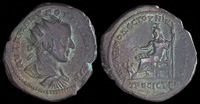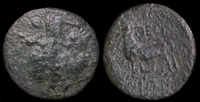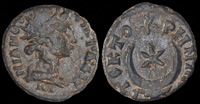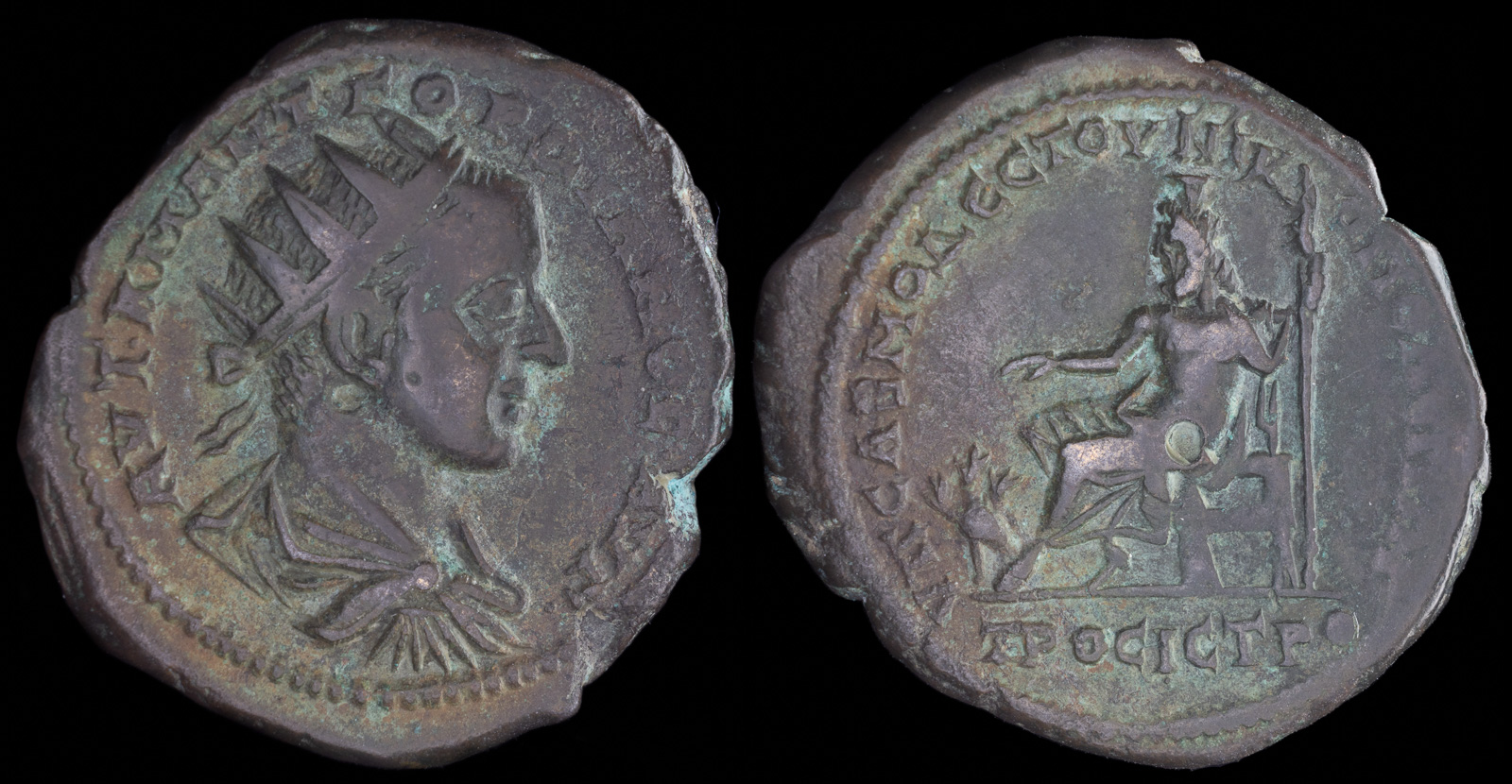Serapis
View All Tags
Serapis was a syncretic deity, blending aspects of several gods. His primary form combined the characteristics of Osiris, the Egyptian god of the afterlife, and Apis, the sacred bull worshipped in Memphis, along with features of Greek gods like Zeus, Asclepius, and Hades. Serapis was often depicted as a regal, bearded figure, with a Greek-style hairstyle and a modius (a grain measure) on his head, symbolizing abundance and fertility. In some representations, he is shown seated with a scepter in one hand, further enhancing his kingly and authoritative presence. The combination of these elements allowed Serapis to embody both life and death, as well as the healing and fertility that were important in both Greek and Egyptian traditions.
The cult of Serapis became highly influential, especially in the Roman Empire. His worship was promoted by the Ptolemies to integrate the diverse populations of Egypt, and it continued to thrive during the Roman period, where his temple in Alexandria became one of the most prominent and powerful religious centers in the Mediterranean world. Romans revered Serapis for his abilities to bring healing, fertility, and protection, and his worship played an important role in Roman religious practices, particularly in the 2nd and 3rd centuries CE.

Gordian III 238-244 CE

Maximinus Daia 312 CE

Perinthos, Thrace ca 250-200 BCE

Stektorion, Phrygia 161-169 CE
